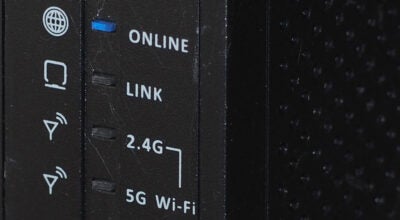Ham, pup make cardboard fun
Published 1:09 pm Wednesday, May 20, 2020
By Tracy Agnew
Regional Editor
Parents seeking an innovative history lesson for their children, and overloaded with Amazon boxes, can now solve both problems at once.
The Isle of Wight County Museum has had 3D printing plans for several of its artifacts, including the World’s Oldest Ham, available for several years through the work of a Virginia Commonwealth University lab. But now, youngsters without a 3D printer can download plans for making 3D cardboard models of some of the same artifacts.
“I think it’s another great use of 3D technology,” said Jennifer England, director of the Isle of Wight County Museum. “It’s another fabulous way to have folks connect with museums at home, even after everything does start to reopen.”
Dr. Bernard Means, an assistant professor of anthropology and director of the Virtual Curation Laboratory at Virginia Commonwealth University, has been working on the scanning project for about nine years, ever since he started the lab at VCU. He started off scanning artifacts and creating 3D prints of them for the Department of Defense, and that led to scanning artifacts at various museums in Virginia. As the project has become more popular over the years, he’s even traveled to other states and countries, including India, to scan artifacts.
At the Isle of Wight County Museum, he has scanned and printed the World’s Oldest Ham and World’s Oldest Peanut, as well as some artifacts from Windsor Castle, some dating to the 17th century.
England said these 3D scans are helpful, during times of normal operation, because people can pass them around and gain a better connection to the artifact than they can just by looking at it.
Means’ lab has provided the 3D printing patterns free online for a number of years and also does coloring pages. By offering the cardboard patterns as well, it provides a couple of options for young people without 3D printers to still connect with historical artifacts at home.
Three artifacts from the Isle of Wight County Museum are available in cardboard patterns: the World’s Oldest Ham; a bust of Eustis Huger, son of Confederate Gen. Benjamin Huger; and a dog sculpture that previously held lollipops at Wilson’s Store about a century ago.
All you’ll need for the cardboard models is a printer for the patterns and some cardboard boxes. Little artists will also need something to cut the patterns — Means suggests an X-Acto knife, with parental supervision, if you have one — and something to hold them together. Normal glue usually works fine.
“I’m hopeful that museums can continue to partner on getting stuff out there,” Means said. “This may be an impetus for museums that have been reluctant to make their collections available beyond the museum walls.”
Visit vcuarchaeology3d.wordpress.com to find the patterns and coloring pages.





